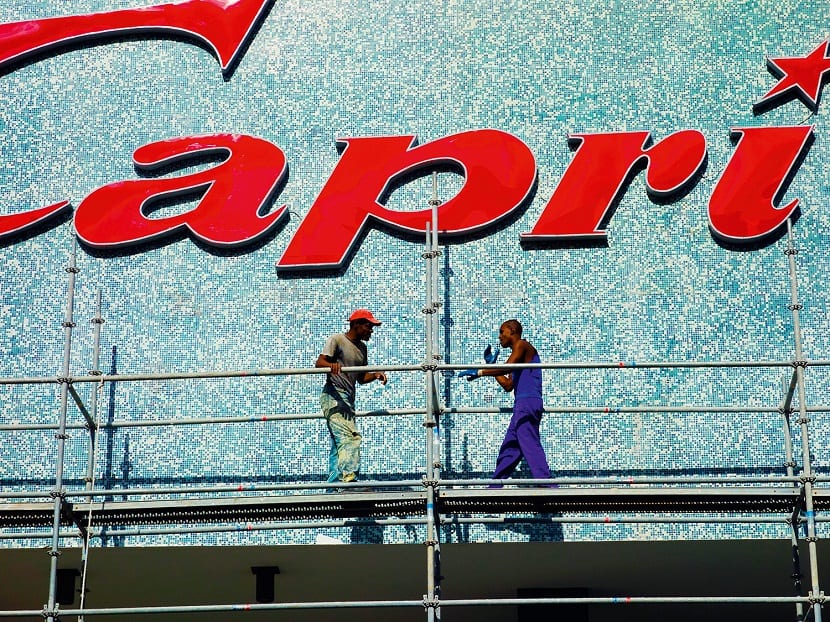
Let's see what the Cuban graphics from the second half of the twentieth century until today and it is that during the 50's an advertising boom originated in Cuba, at the same time that a worldwide impulse arose within the world of advertising during the 2nd postwar period.
The power of the American industry Together with the strengthening that occurred between both nations, it allowed advertising to become a fundamental element for spread the different patterns of modernity, products, style and comfort that American culture had.
The advertising boom in the years 1948-1958

This advertising boom was also thanks to products such as alcoholic beverages, coffee, tobacco and articles from Cuba, which also contributed to this publicity work.
Organizations and schools dedicated to advertising
In Cuba, several advertising companies and entities were created during these years, some of them were the Tropical Advertising Co. or Havana Advertising Co. Likewise, the Association of Advertisers of Cuba, founded in 1935, promoted the sector and started advertising activity on the island, which was later reinforced by the creation of the National Association of Advertising Professionals and the Association of Advertising Agencies.
Although one of the most significant events was the creation of the Professional School of Advertising 1954 the year.
1959-1964: The revolutionary awakening
The revolution caused multiple changes, in addition to a complete industrial, economic, political and cultural centralization.
Advertising was seen as a dangerous element created by capitalism itself and it is that during 1960, the School of Advertising disappeared and on February 22, 1961 a lapidary test was carried out, which consisted of a whole day without commercial announcements neither on TV nor on the radio. After the test, any type of advertising on TV, radio, and in the press was completely eliminated. In this way one of the most dynamic industries in Cuba. However, the poster managed to become an element that starred in different activities as a transmitter and a means of orientation for the main events that were presented at different times.

During 1959, 2 cultural institutions were created, which later influenced the design activity, mainly on the creation of posters and some other related communication elements and these institutions were the Casa de la Américas and the Cuban Institute of Art and Film Industry known as ICAIC. Later the CNC or National Council of Culture was created, whose main objective was to spread culture.
1965-1975: design takes off
The period of greatest boom for graphic design; although newspapers decreased, magazines increased, in addition, new book collections were developed and increased poster making by the governmental entities that were in charge of political and film propaganda and of the different cultural events.
1976-1989: stagnation and regression
During that time several administrative changes originated and politicians who also affected the design.
In the same way, the confinement caused saturation of the visual codes and styles that the designers used until that moment. While at a global level technology intensifies and creates visual codes within design and advertising, in Cuba it begins to be implemented in a rather timid and restricted way. computer technology during the 80's.
1990-2000: rebound in Cuban graphics
Several Cuban designers became independent and began to increase the small advertising agencies.
The Cuban Program Committee was created in 1992, which consisted of a non-governmental body made up of a significant group of designers, and whose main objective was to disseminate the design.
New winds for Cuba
The Geo-Graphics project begins, which is a proposal that allows it to be known outside of Cuba, design and designers current of the island.